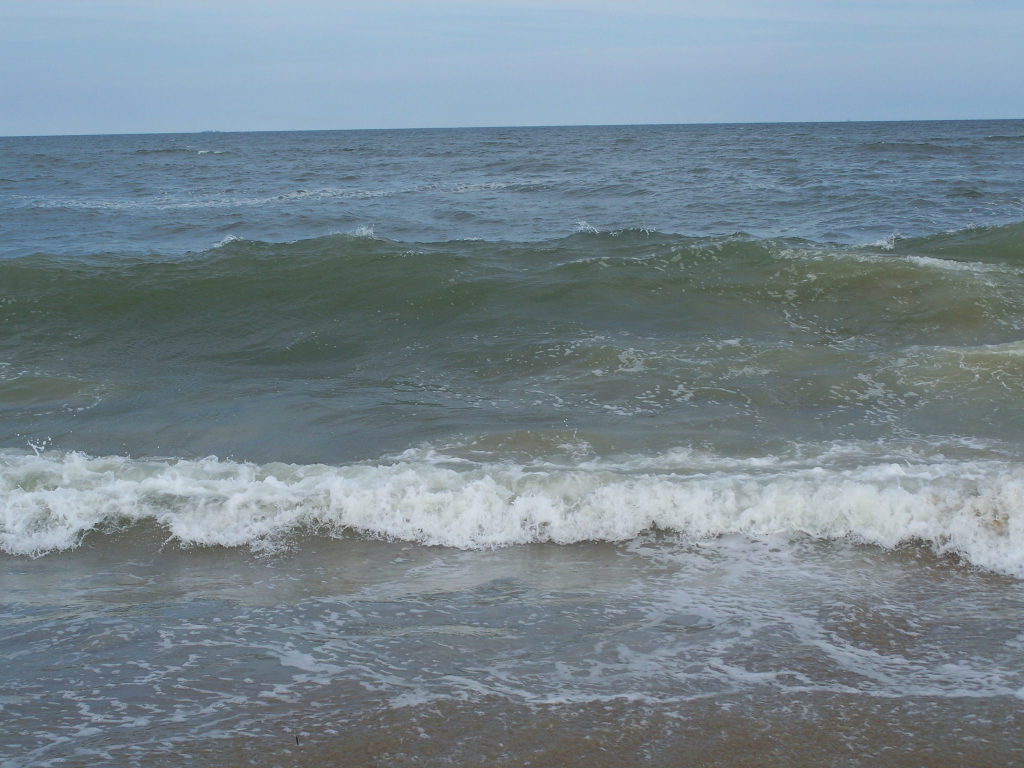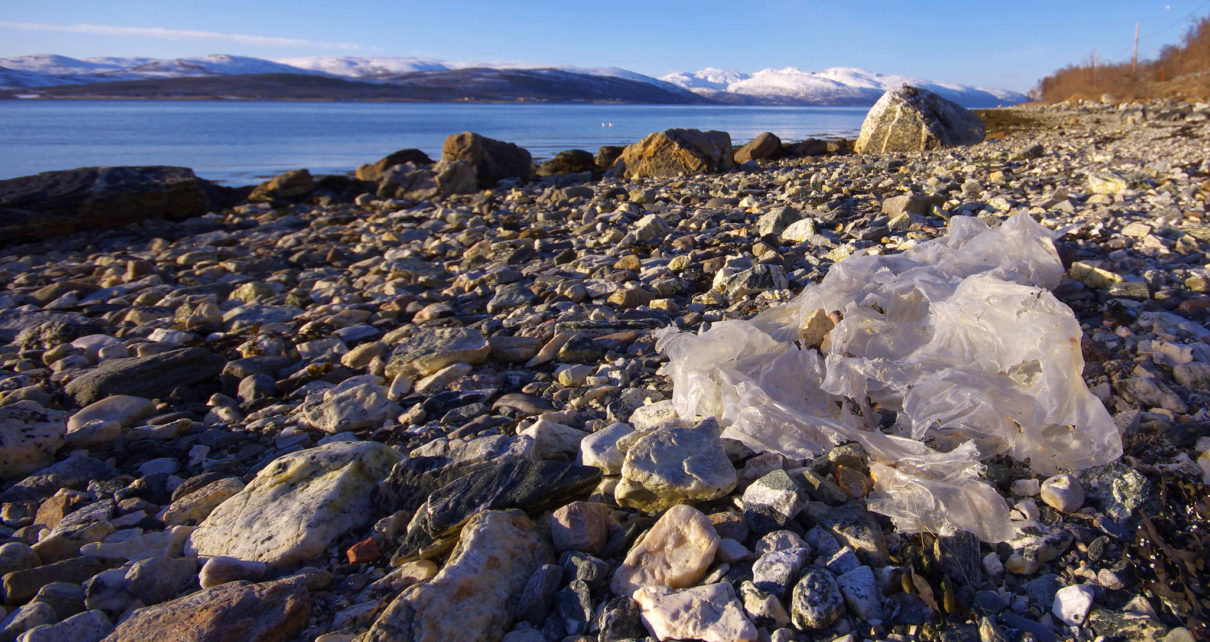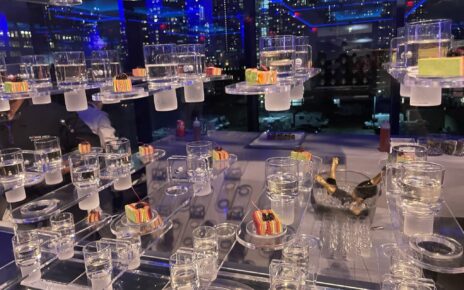Our waste production has spiraled out of control. Tidal waves of plastic bottles, straws, caps and bags intoxicating fish, whales, and oceanic reefs—the natural beauty that at once just ‘kept on giving’—is in bad shape. It is asking for our help and cleanup. Thoughtless and blind for too long, it’s now time to give back to where we belong.
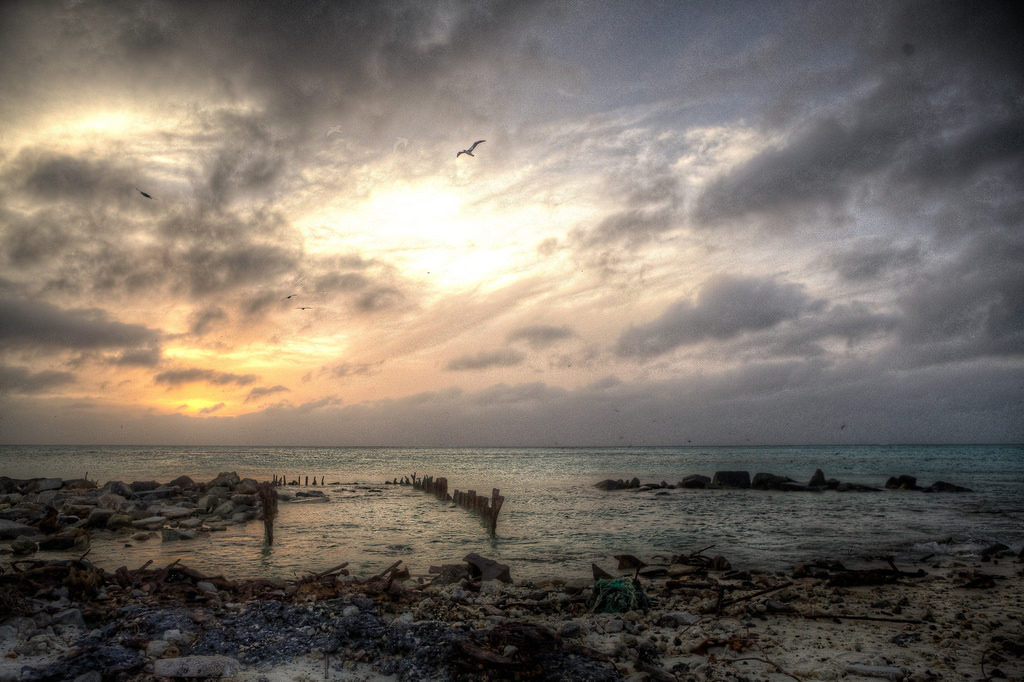
The average person produces about 4.4 pounds per day, and most of it is comprised of recyclable items. According to Dumpsters.com, we throw out the following:
21.9 billion plastic bottles
28 billion glass jars and bottles
26 billion pounds of clothing and textiles
35 million tons of food
1.8 million tons of e-waste
68.6 million tons of paper/paperboard
All of this is indeed recyclable! We simply have to care and become more aware. New Yorkers, interestingly enough produce only 3 pounds of waste per day, or 3.5 million tons of trash every year collectively. When including industrial non-residential waste the figure exceeds 14 million tons.
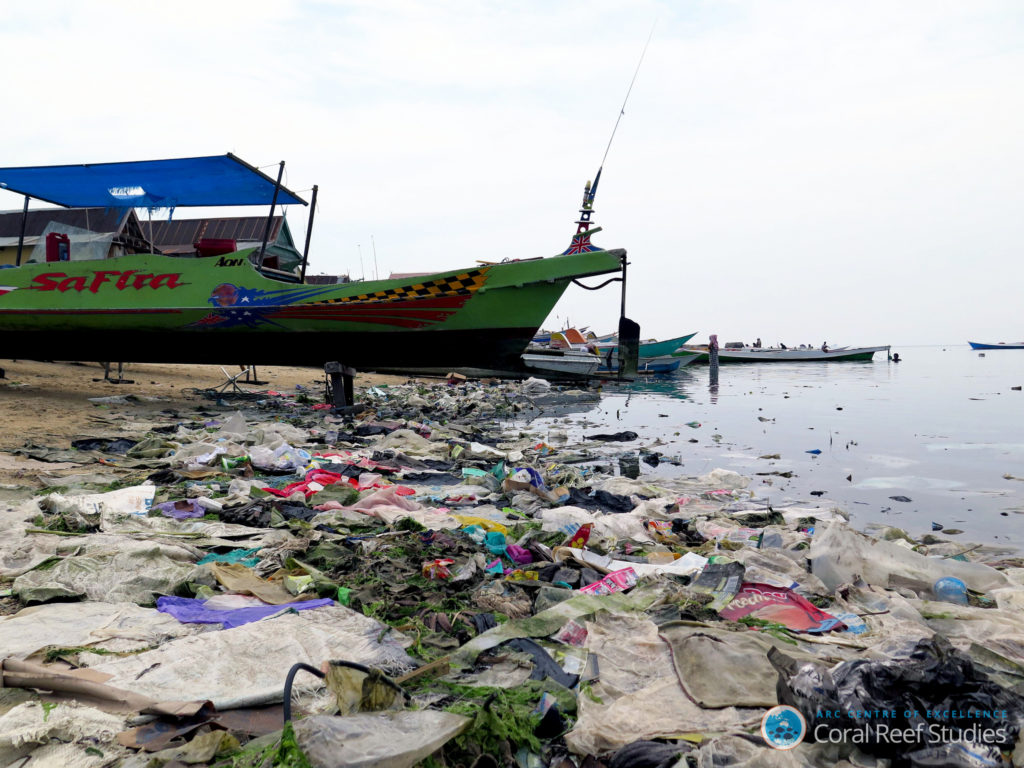
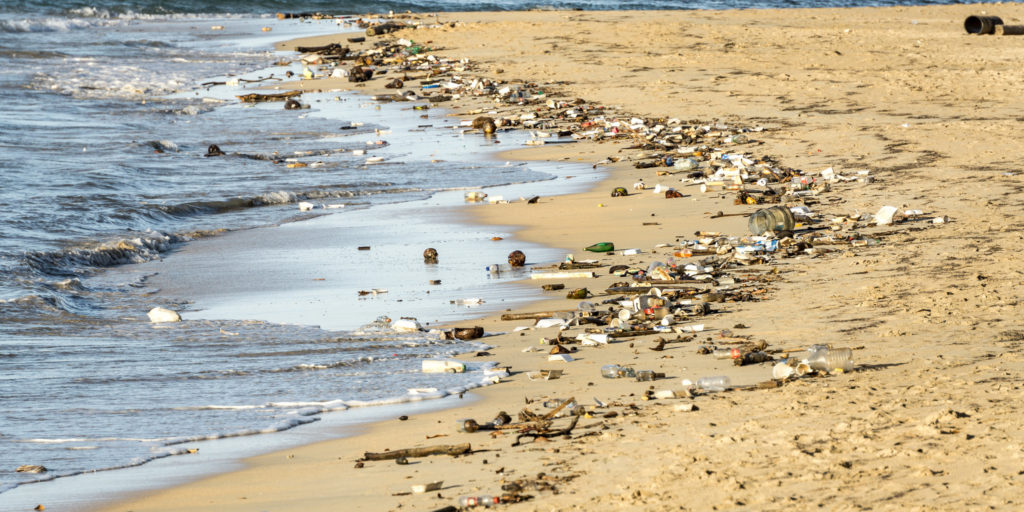
More shock-worthy is that our 15% recycling rate as New Yorkers is less than anywhere in the U.S. The national recycling average is 34%; meanwhile San Francisco diverts landfill waste at a whopping 80%!
Throw everything into recycling then—right? Well, no. The more willing we are to clean our plastic containers from food residue, and sort glass, cardboard, and plastics into simple compartments—the harder we tackle this pressing issue. By simply doing the following, we ensure our waste doesn’t end up in a landfill or in the ocean suffocating some animal or ecosystem:
1. Empty liquids and rinse your glass containers.
2. Clean plastic packaging and containers of food
3. Dispose of bottle caps (these plug up single stream recycling systems)
4. Separate cardboard with grease, pizza or food stains from the rest
5. Reuse plastic bags by taking a few with you to any store!
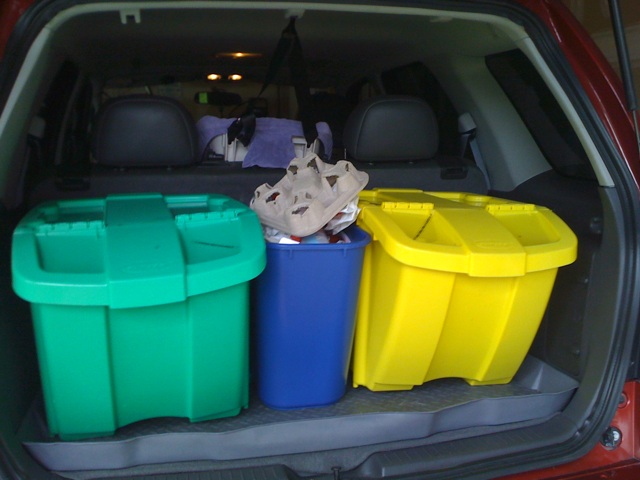
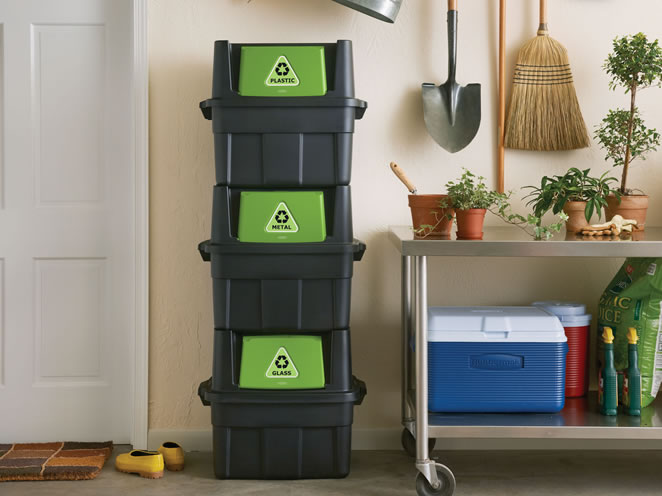
A Materials Recovery Facility or MRF receives the recyclables we put into a single stream, and sorts the trash through a series of machine and human sorters. Optical sorters lined along prommingle conveyor belts are equipped with steel magnetic drums that attract various metals; infrared sorter systems and magnetic fields are, hereby, employed to extract materials that don’t belong. Human sorters stationed along the belts help to lessen contamination; blocks of recyclables are the result. All cubed up –they are transported by forklift to a bail storage area, where they are separated by material type and sent out. Non-recyclables get shipped of to a bunker and then to a landfill.
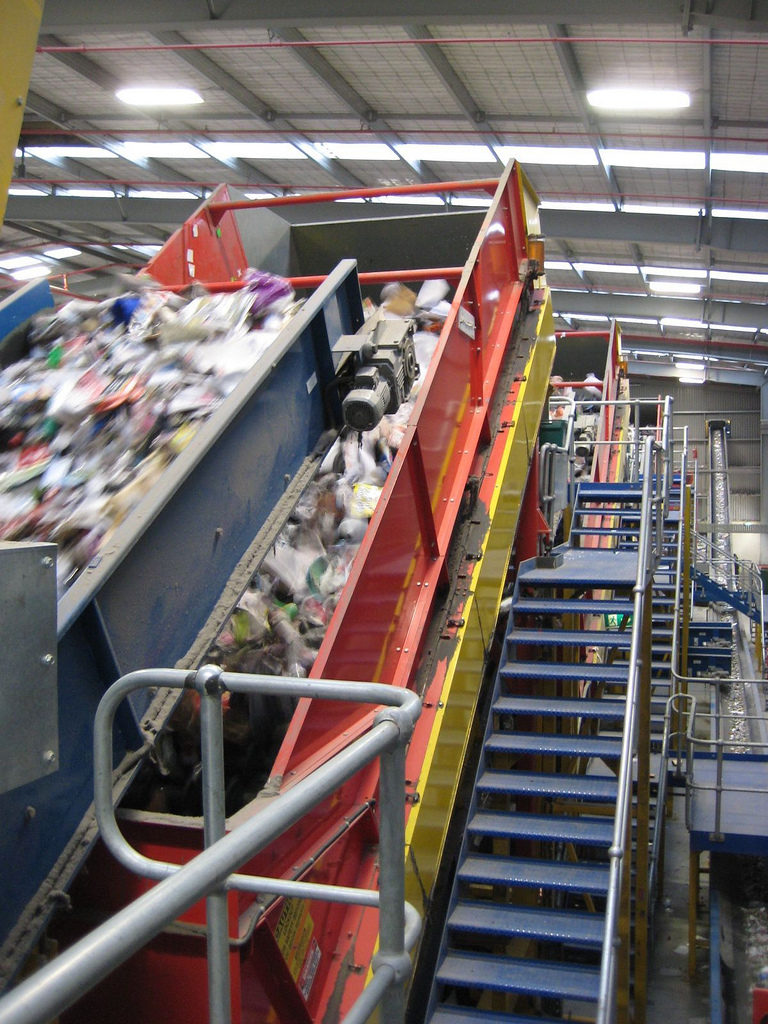

These are just a few ways to become aware and stare into the face of the evil we’ve created, as consumers with conveniences. Instead of gawking and emoji-crying at the images presented to us on interactive platforms, we must take action to reduce and beautify our carbon footprints. Or why else are we here? ‘We must not throw away our future!’
